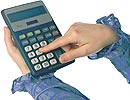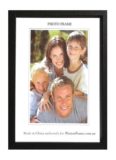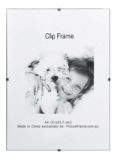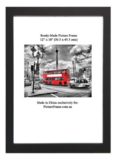Yes, " What’s inside a picture frame? is one of the questions we get asked fairly frequently. The wordin g of the question can change from person to person but Customers want to know the same thing. And this is because they are curious of the components of a frame and the names of the parts of a picture frame. We may get asked:“What do you put at the back?” , or: “What will you put my picture on?” and even: “Will you make something so that my picture won’t fall off?”, and so on and so forth. The reason this question gets asked is because people know that a thin piece of paper like a poster can’t hold up by itself and wonder what and how it is being held up or supported inside the frame.
g of the question can change from person to person but Customers want to know the same thing. And this is because they are curious of the components of a frame and the names of the parts of a picture frame. We may get asked:“What do you put at the back?” , or: “What will you put my picture on?” and even: “Will you make something so that my picture won’t fall off?”, and so on and so forth. The reason this question gets asked is because people know that a thin piece of paper like a poster can’t hold up by itself and wonder what and how it is being held up or supported inside the frame.
But what and how does this is hidden, not visible, and here’s this post to throw some light on the subject, so to speak. Now, and because everyone asks the question " What’s inside a picture frame" differently, we thought an illustrated exploded view, shown below, would help to answer this rather technical question. Referring to the schematic diagram, most Customers are very familiar with a picture frame and its glass, so there’s not much new, or hidden, to reveal.
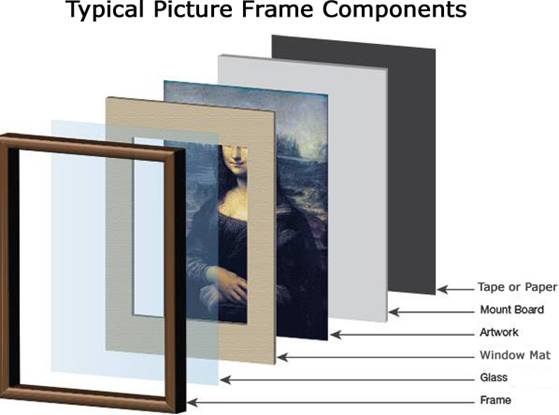
But then it starts to get interesting with the next component, the window mat, as we call it here in Australia, or window mount as UK picture framers call it, or passé-partout as it is called Europe. The window mat, or simply the mat, usually rests on top of the artwork ( or what is being framed, a photo, print, or what have you ) and surrounds it. People who are not picture framers, or in the trade, often call the mat a surround, a border or a board, but what they mean is, of course, the window mat.
The window mat if basically a piece of board with a square or rectangular hole in the centre of it for the picture, or the artwork. Once cut the mat is usually tacked with PVA glue ( some framer use double-sided tape but the tack tends to age and fail after a couple of years ) and glued the mount board, or backing board.
The next component is the Mount Board, or the part that rarely gets seen. It is mostly called a mount board because the artwork gets mounted onto it. The mounting can be done a variety of ways. Generally picture framers prefer to either wet and dry-mount ( again, not for valuable art ) because these two methods are durable, permanent and allow for straight, flat and smooth surfaces.
If only taping or hinging are used, the artwork expand and contract with the rise and fall of temperature and humidity. This expansion and contraction can cause cockling, and the cockles are those funny looking bubbles one sometime sees in cheaply framed posters at the Sunday markets. The various method of mounting are more fully discussed in the page Picture Framing and Mounting but suffice to say that permanent mounting is only recommended for inexpensive, commercial, disposable art and not for valuable art. T
he mount board itself comes in various thicknesses, is manufactured from several different materials and is called various names. Commercially speaking, the most popular one is the 3mm thick, 2440x1220 mm M.D.F. ( Medium Density Fibreboard ).
It is the most popular because it is the cheapest as well as being strong, easy to cut, durable and quite smooth. This smoothness is very important because it allows paper art such as prints and photos to be smoothly wet-mounted with a vacuum press. Again, this method of permanent mounting is only suitable for non-valuable, inexpensive, open-edition, disposable art. The next popular mounting board is foamboard, essentially a polystyrene or polyurethane filling sandwiched inside and between two sheets of white clay-coated paper. This material, is available in several sizes and thicknesses, the best selling one being 60”x40” x 5mm.
This is because this is a handy size for shopping centre picture framers who of the have limited storage space available to them. Foamboard is popular because, while more expensive than MDF, it is lighter, cleaner and easier to cut, even with a snap knife, with no machinery needed.
This material is especially easy to work with , especially when used as a backing board only. From one of the larger sheets a picture frame can speedily and effortlessly cut several backings for A1 poster frames and, or A2 poster frames. Wet-mounting is not possible with ordinary foamboard, but it is possible to permanently mount with either Self-Adhesive and with Heat Activated Foamboard.
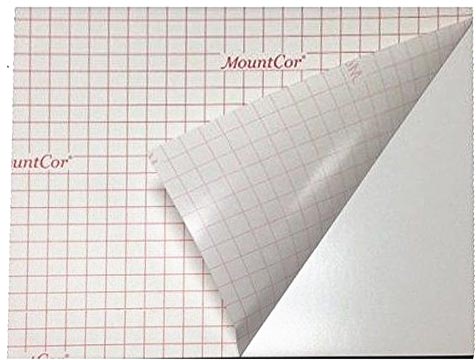
The Self-Adhesive or pressure sensitive foamboard suffers from intermittent bonding failure over time and has its reliability is not outstanding. The heat activated foamboard on the other hand is stable, permanent, durable and a lovely material to work with but with a price around 15 times that of MDF is not really economical for most picture framers. Another reasonably common mounting board is screen board, a white-coated cardboard, either with single, or double-sided coating, available in various sizes and thicknesses.
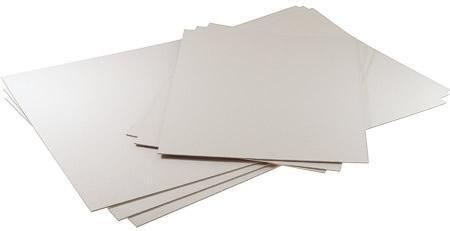
While tougher than foamboard, screen board cannot be easily wet or dry mounted and is mostly used by smaller frames in remote areas and largely for small framing jobs only. Screen board is basically white cardboard and with time it will become concave, especially with larger mounting work, say, 40x50cms and above. This concavity seems to get worse with age because the cardboard loses and absorbs moisture and can be unsightly, especially when used with glossy art.
However it is easy enough to cut with a Stanley knife and store quite well, unlike foamboard which is softer and dents or bruises quite easily if not handled, moved and stored carefully. We have seen many other types of mount boards and backing boards, even packing crates strips, desk drawer bottoms and marine ply wood. Nevertheless, M.D.F., foamboard and screen board remain the three most popular ones.
The last component in the picture frame assembly illustration shown above is the tape or paper. It used to be, when we started picture framing nearly 50 years that every custom farming job was sealed at the back, and just after the mount board, with Kraft paper.
But particularly in the last 20 years or so, taping or sealing the back of a picture frame with self-adhesive, or pressure sensitive, Kraft paper tape, rather than using a sheet of Kraft paper, has become much more common. The reason for these are cost, ease of application and convenience.
A length of tape is easier, faster and cleaner to lay than Kraft paper which needs to be taper, glued, stuck or held to the back of the f ame since it is not self-adhesive. A last point on Kraft paper is that some older picture framers prefer not to use it as they believe it provides shelter and food source for silverfish, the scourge of framed art. Thank you for reading this post "What’s inside a picture frame?".



